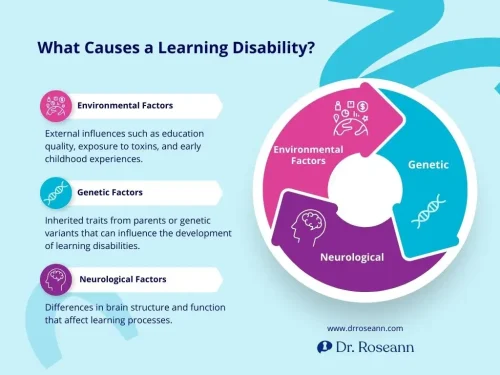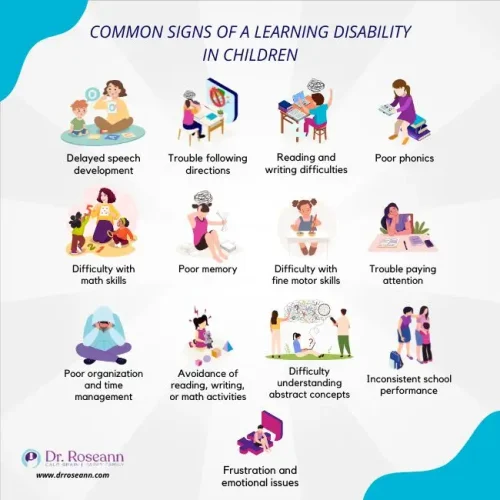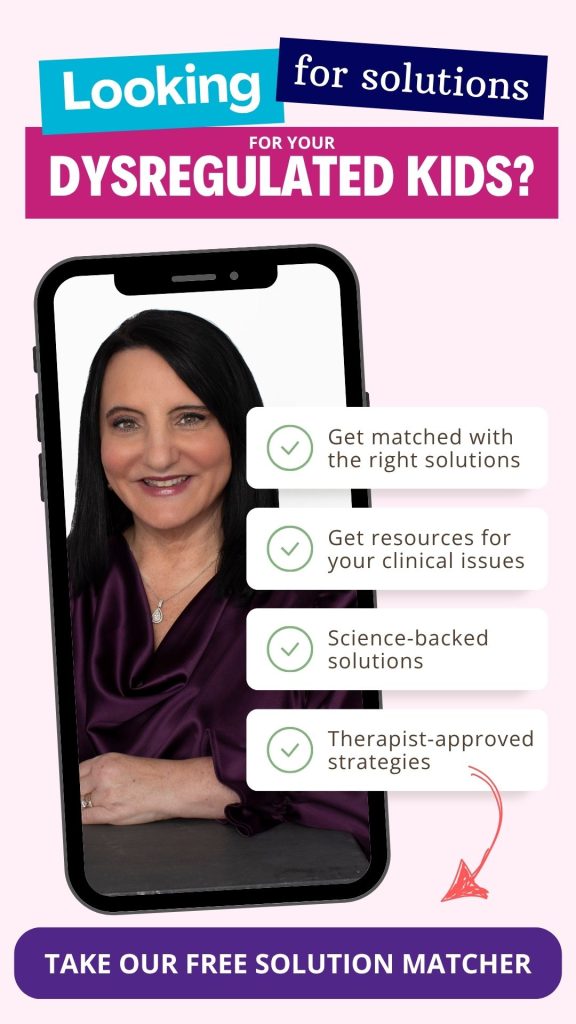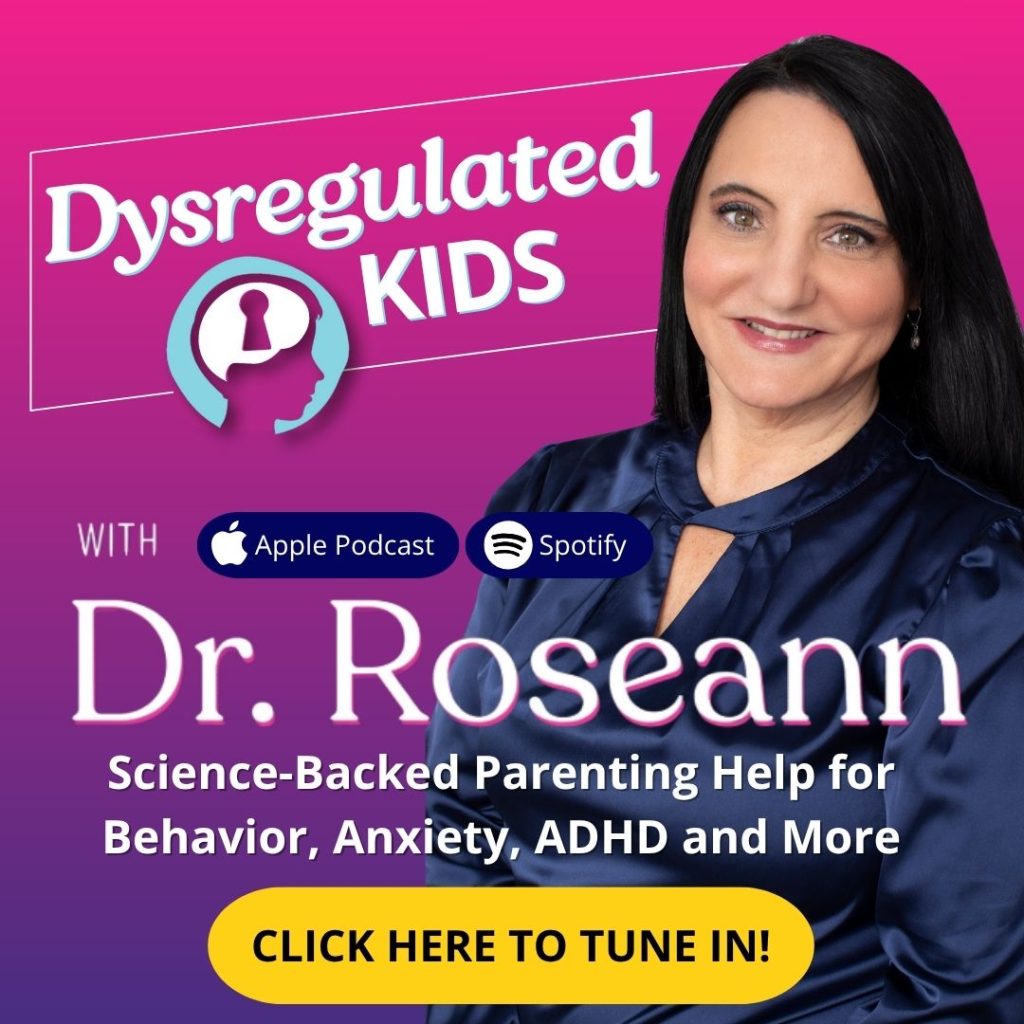Estimated reading time: 7 minutes
If your bright child trips over reading, struggles with writing, or freezes at math, you’re not alone. Many parents quietly wonder, “Does this run in our family?” and ask the big question: are learning disabilities genetic?
That question can feel heavy—but there’s comfort in understanding what’s really going on.
Science shows that some learning differences can have a genetic thread, yet daily stress, routines, and nervous system imbalance also shape how a child’s brain learns. When we calm the brain first, everything else follows. A settled nervous system unlocks focus, curiosity, and confidence—almost like turning a key in a stubborn lock.
In this guide, we’ll explore what science says about the genetics of learning disabilities, how environment and stress affect the brain, and—most importantly—how to support your child’s nervous system for better learning and emotional regulation.
What Does Science Say About the Genetics of Learning Disabilities?
You might be wondering, “So… are learning disabilities genetic?”
The short answer is yes — they can be. But before you start feeling anxious or guilty, let’s unpack what that really means.
Research shows that certain learning differences, like dyslexia, dysgraphia, and dyscalculia, can run in families. In fact, scientists have found that genetics may explain around 40% to 70% of these differences. But that doesn’t mean your child’s story is already written.
Think of genes as the blueprint, not the finished home. They give the brain its starting design, but how that design develops depends on the environment — the love, support, and calm routines you create at home.
Recent studies are giving us even more insight.
Scientists have found that certain genes linked to reading and attention can influence how the brain processes sounds and language. Some of those same genes may even overlap with ADHD, which explains why we often see both together. But again, these genes only tell part of the story — how calm or stressed the brain is can change how those genes “show up.”
So yes, your child may have inherited a learning difference, but they also inherited something far more powerful: the ability to grow, adapt, and learn in their own way.
When we calm the brain and build emotional safety, we help those learning pathways light up.
What’s the Difference Between a Learning Disability and a Specific Learning Disability?
When parents ask, “Did I pass this on?” worry, guilt, and love often swirl together. You’re not alone—many families carry that same quiet question.
- Genetics play a role. Research shows that heritability for dyslexia, dyscalculia, and dysgraphia is around 40–60% (Vidyadharan, 2019). But genes don’t tell the whole story.
- Environment matters too. Children’s brains absorb experiences like sponges—school support, stress, sleep, and daily routines all shape how learning unfolds.
The good news? When we calm the brain first, what once felt like climbing a cliff becomes a path you can actually walk.
| Learning Disability | Specific Learning Disability (SLD) |
| Broad struggles with reading, writing, math, or organizing thoughts | Focused on a single academic area—reading, writing, or math |
| May affect memory, attention, or multiple cognitive skills | Often shows up as trouble decoding words, spelling, processing sounds, or grasping numbers |
Genes don’t act alone. When the nervous system is calm, learning becomes more reachable—and hope grows right alongside it.
What Causes Learning Disabilities in Children?

Learning disabilities aren’t about smarts or effort—they’re about how the brain processes information.
Some children’s brains handle reading, math, or memory differently because of what researchers call “generalist genes” (Kovas & Plomin, 2007). But genes don’t work alone. A child’s environment—and their nervous system—tip the balance, which is why learning can look so different.
When a brain stays stuck in fight-or-flight, focus and memory can barely flicker. Calm the brain first, and learning stops feeling impossible. It becomes steady, doable, and even enjoyable.
What Shapes How a Child Learns:
- Genetics – Influence how a child processes reading, numbers, or language
- Neurology – Brain regions for phonics, memory, or spatial reasoning may work unevenly
- Environment – Rushed mornings, poor sleep, or ongoing stress can dysregulate the nervous system
It’s not about intelligence—it’s about regulation. Even small, consistent moments of calm can reshape how a child learns, remembers, and feels about themselves.
Can Learning Disabilities Run in Families?
Yes—but with hope. You’re not alone if learning struggles seem to run in your family.
Having a parent or sibling with dyslexia or another learning difference can increase the likelihood, yet every child’s path is unique. Genetics may nudge susceptibility, but they don’t define destiny (Pennington & Smith, 1983).
Family Patterns Often Include:
- Reading, spelling, or math challenges appearing across generations
- Shared difficulties with focus or working memory
- Emotional sensitivity or frustration when tackling learning tasks
Parent Story:
Cecile, a mom of a 9-year-old with dyslexia, once carried guilt like a heavy backpack. When she realized brain wiring isn’t destiny, she shifted her focus to regulation—building in sensory breaks, calmer routines, and small confidence wins. Soon, homework stopped feeling like a battlefield.
A calm environment lets the brain breathe, grow, and adapt. When we calm the brain first, learning and hope begin to bloom, often in ways that surprise even the most worried parent.
How Do Genes and the Environment Work Together?
Genes provide the blueprint, but the environment determines how those genes are expressed—a concept known as epigenetics.
Even when a child inherits certain predispositions for learning differences, factors such as stress, sleep, nutrition, and emotional safety can turn those genes “up” or “down.”
What Shapes How a Child Learns:
- Genetics: influence how reading, math, or language areas of the brain function.
- Neurology: regions tied to phonics, memory, or spatial reasoning may activate unevenly.
- Environment: rushed mornings, chronic stress, or poor sleep can dysregulate the nervous system and block learning.
It’s not about intelligence—it’s about brain balance.
When the nervous system is calm, genes that support focus and memory work better.
How Does the Nervous System Affect Learning Disabilities?
A dysregulated nervous system magnifies any learning challenge.
When stress hormones flood the brain, the prefrontal cortex—the area responsible for focus, working memory, and problem-solving—temporarily shuts down (Arnsten & Pliszka, 2011).
That’s why no amount of prompting works when a child feels overwhelmed.
Signs Your Child’s Brain May Be Dysregulated
- Frequent meltdowns or shutdowns during homework
- Trouble focusing even with support
- Anxiety before school or tests
- Sleep struggles or constant tiredness
When we regulate the nervous system first, learning becomes easier. This is the foundation of my Regulation First Parenting™ framework: Regulate → Connect → Correct™.
Because when the brain is calm, connection follows—and that’s when real learning begins.
Are Learning Disabilities Caused by Poor Parenting or School Issues?
Absolutely not. You didn’t cause your child’s learning difference. Dyslexia or dyscalculia doesn’t come from parenting style—though stress or mismatched support can make the journey feel heavier some days.
What Matters Most:
- Calm routines. Predictable patterns let brains breathe and tension slowly drift away.
- Positive reinforcement. Tiny wins, high-fives, or quiet praise build confidence brick by brick.
- Co-regulation. Your calm presence nudges your child’s nervous system back from chaos toward balance.
It’s never bad parenting—it’s a dysregulated brain sending messages through behavior. When we calm the brain first, learning often begins to unfold naturally—and sometimes in ways that astonish even the most worn-out parent.
What Are the Early Signs of a Learning Disability?

Parents often sense something “off” long before teachers do. Trust that instinct—it’s usually right.
Early intervention makes a real difference, especially when it’s paired with nervous system support. When we calm the brain first, learning becomes possible again.
Here are some early signs of a Learning Disability:
- Avoiding reading or homework
- Mixing up letters or directions
- Trouble remembering multi-step tasks
- Emotional outbursts tied to schoolwork
Can Learning Disabilities Be Overcome or Improved?
Absolutely. Brains aren’t fixed—they can rewire and grow new pathways throughout life.
With calm and consistent support, kids can:
- Strengthen reading and memory skills
- Ease the frustration and anxiety that used to make homework so hard
- Rebuild confidence and independence in ways that often surprise both parent and child
Parent Story
Evan, a 12-year-old with dysgraphia, once dreaded writing because every sentence felt like a mountain climb. Through daily movement, short brain breaks, and neurofeedback sessions, his writing stamina tripled in just four months. His mom smiled and said, “We got our evenings back.”
When the brain settles, learning flows. Start with regulation, and progress follows—real, lasting, and full of hope.
So—are learning disabilities genetic?
Yes, genes influence how a child learns, but they don’t define what’s possible. When parents focus on regulation, emotional safety, and consistent support, they help their child’s brain work with—not against—its wiring.
Parent Action Steps
FAQs
Can learning disabilities skip a generation?
Yes, it’s possible. Some genes can “skip” expression but resurface in future generations depending on environmental factors.
Can diet or sleep affect learning challenges?
Definitely. Poor nutrition and disrupted sleep dysregulate the nervous system, making symptoms worse.
When should my child seek testing?
If your child consistently struggles with reading, writing, or math despite effort, request an evaluation early—ideally before grade 3.
Citations
Pennington, B. F., & Smith, S. D. (1983). Genetic Influences on Learning Disabilities and Speech and Language Disorders. Child Development, 54(2), 369. https://doi.org/10.2307/1129698
Kovas, Y., & Plomin, R. (2007). Learning Abilities and Disabilities: Generalist Genes, Specialist Environments. Current directions in psychological science, 16(5), 284–288. https://doi.org/10.1111/j.1467-8721.2007.00521.x
Vidyadharan, V., & Tharayil, H. M. (2019). Learning Disorder or Learning Disability: Time to Rethink. Indian journal of psychological medicine, 41(3), 276–278. https://doi.org/10.4103/IJPSYM.IJPSYM_371_18
Dr. Roseann is a mental health expert in Learning Disabilities who frequently is in the media:
- CBS (Video) Student Learning Resources Quarantine
- CT FOX61 (Video) Homeschooling Tips During Quarantine
- Jamie Gold Thought Leader Conversation: School Psychologist Roseann Capanna-Hodge On Wellness Design Ideas For Covid Homeschooling
Always remember… “Calm Brain, Happy Family™”
Disclaimer: This article is not intended to give health advice and it is recommended to consult with a physician before beginning any new wellness regime. *The effectiveness of diagnosis and treatment vary by patient and condition. Dr. Roseann Capanna-Hodge, LLC does not guarantee certain results.
Are you looking for SOLUTIONS for your struggling child or teen?
Dr. Roseann and her team are all about solutions, so you are in the right place!











